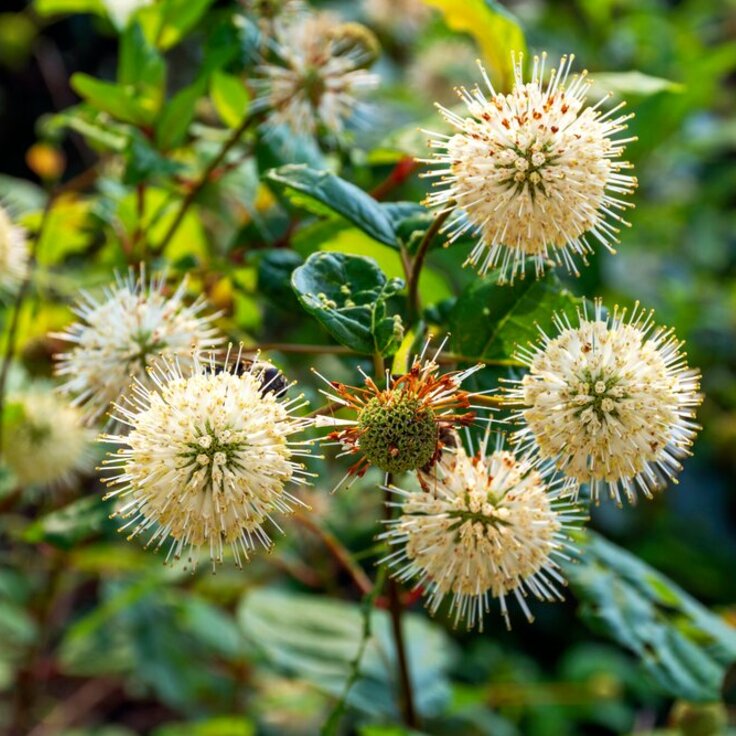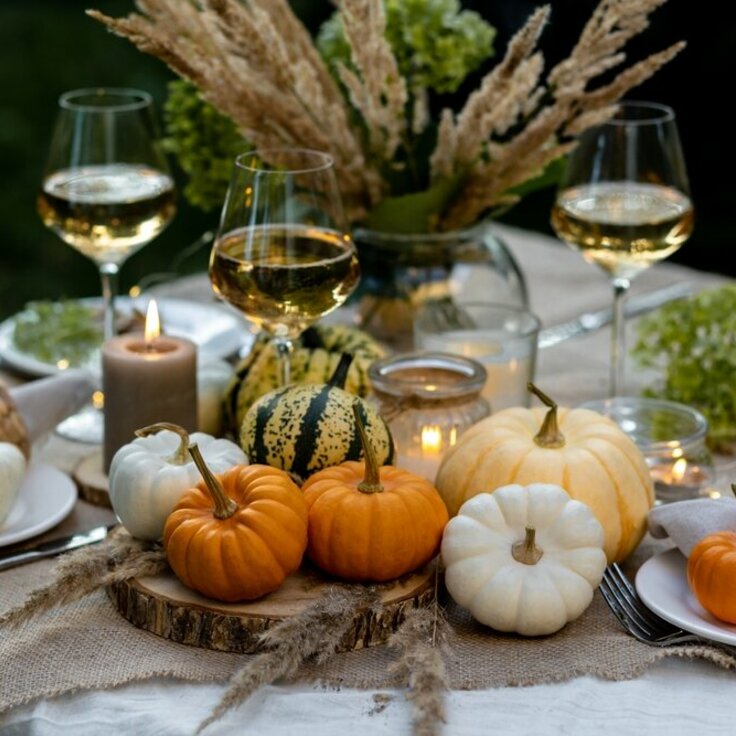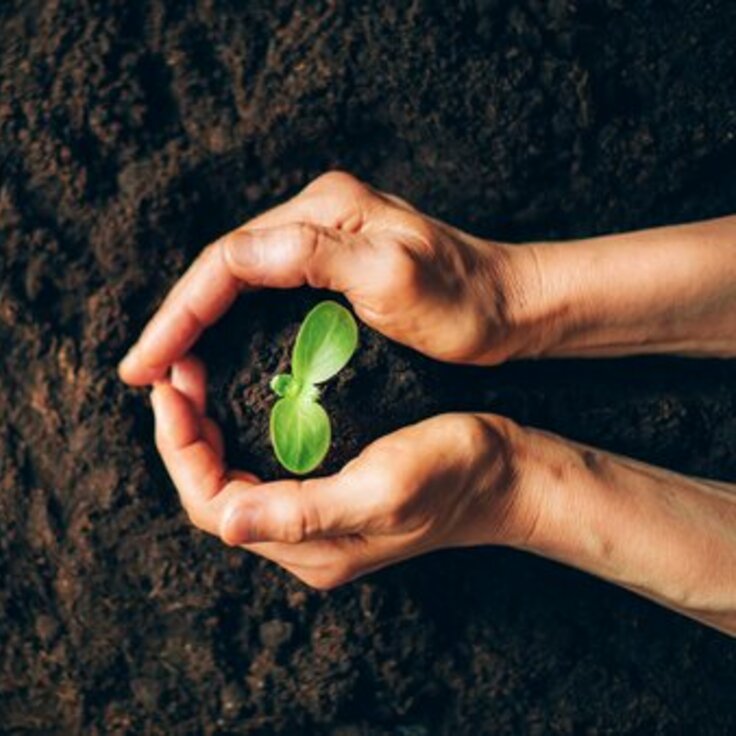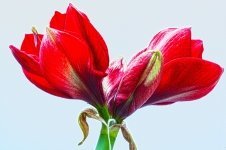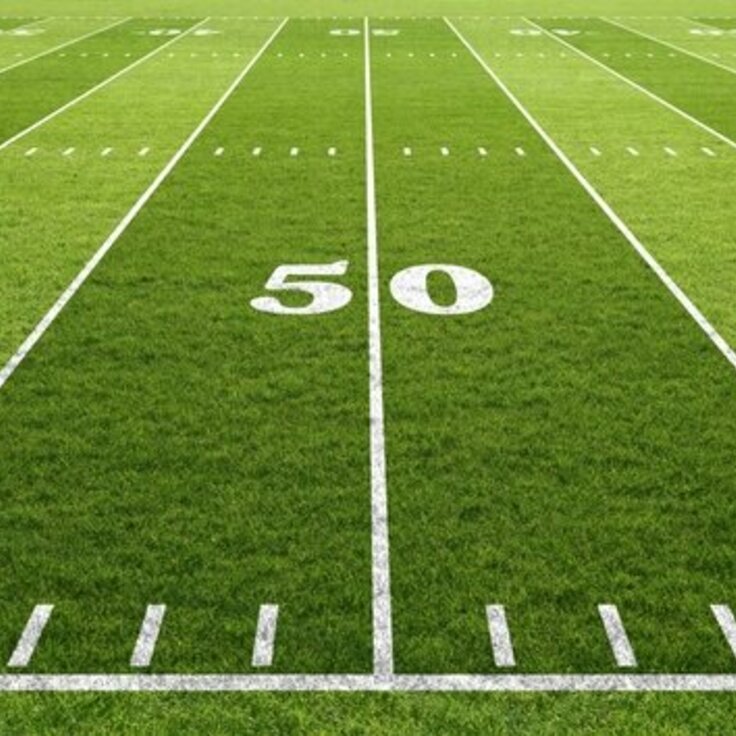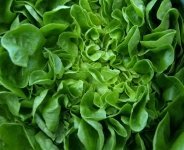Creative Containers
Choosing Plants
- Select plants with differing growth habits. For example, combine spiky grasses with shrubby verbena and cascading sweet potato vine.
- Make sure plants are compatible. Planting sun-lovers that require excellent drainage with shade- and moisture-loving plants is a recipe for disappointment.
- Use foliage to your advantage. Choose dark-leaved plants to complement light or bright flowers, or chartreuse-leaved plants to brighten a planting.
- Consider fragrance, especially if planters will be located near a doorway or window.
Thinking Outside the Pot
Consider mixing edibles with your flowers. How about including a pepper plant surrounded by trailing diascia? Or make 'Bright Lights' Swiss chard, with its multicolored stems and leaves, the focal point of your container. Culinary herbs, such as purple sage and bronze fennel, are ornamental, plus a sprig or two can liven up dinner. Edible flowers, such as nasturtiums, combine well with herbs, such as purple basil, for an attractive and tasty combo.
Plan for the Seasons
Annual flowers can be categorized as either cool weather-lovers or heat-lovers. Those that like it cool can withstand light frosts but begin to flag when temperatures soar. Heat-lovers won't tolerate cold but thrive in the heat of summer. Take advantage of these characteristics by planting a succession of crops in your containers. You might start with dianthus in spring, replace it with verbena in summer, and follow up with ornamental kale in autumn.
Planting Pointers
Make sure your container has drainage holes. If the drainage holes are blocked when the planter is set on a surface, try placing the planter on casters or on a tray of pebbles. The water must be able to drain freely.
Use a high-quality potting soil. Avoid using garden soil, which often drains poorly and may contain disease organisms. You will be asking a lot from your container plants; you want them to flower and thrive all summer, despite having their roots confined to a limited space. So start them off right with a top-quality soil.
Ongoing Care
The main difference between container and garden plantings is that you'll need to water and fertilize container-grown plants more often, since roots are confined. Note that small containers may need watering daily -- even twice daily -- during hot, sunny weather. Most annuals benefit from regular deadheading to promote more blooms.
You'll also need to keep an eye out for insect and disease problems. While container-grown plants are sometimes less vulnerable to pest attack because they receive extra attention and/or are kept at a distance from the rest of the garden, you'll want to examine the foliage and flowers regularly. Many insects can be controlled by simply hosing them off the plants every few days. If this doesn't control the problem, try insecticidal soap.
Read more about creative containers on the national gardening association.

